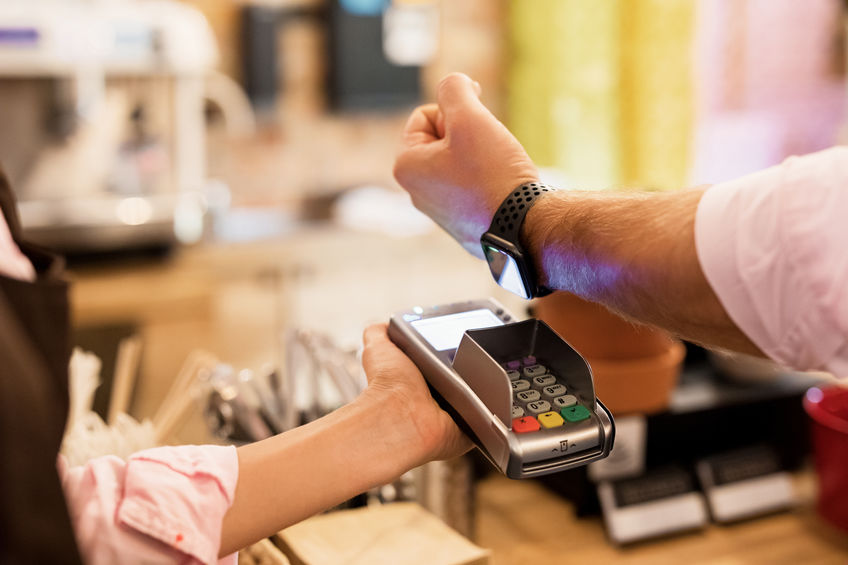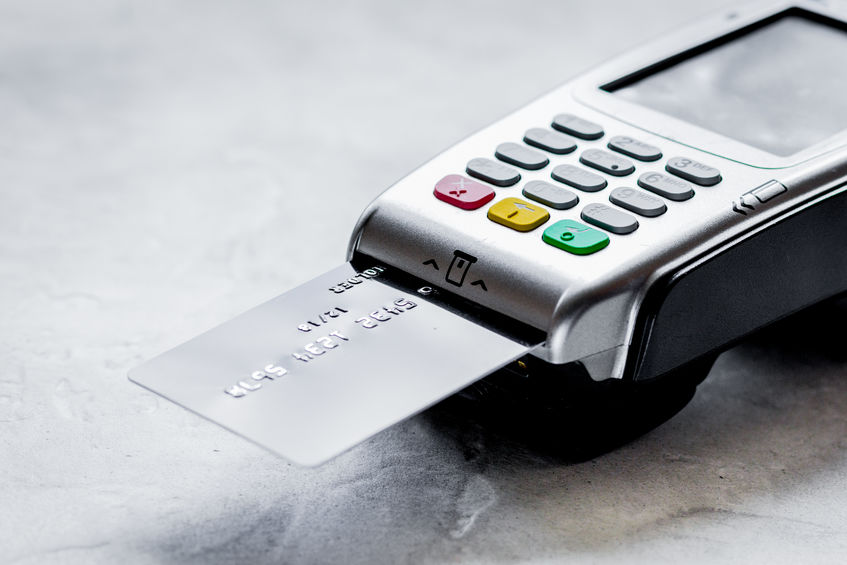Apple Pay for Small Businesses – Getting Started with a Must-Have Payment Option for 2021 and Beyond
Apple Pay is Apple’s proprietary electronic payment solution, working hand-in-hand with Apple Wallet, the company’s card storage platform. Its userbase is growing extremely rapidly, and the system is well on its way to handling one out of every ten card payments by 2025. To use Apple Pay, users program their debit and credit card information directly into Apple Wallet, and then make online or in-store purchases by tapping their devices or clicking a button, and scanning either their thumb or face with Touch ID or Face ID. The benefits of accepting Apple Pay are myriad, and with so many Apple users jumping on board, it’s quickly becoming a must-have system for merchants looking to give customers the flexible payment options they demand.
What are the Benefits of Apple Pay?
Apple Wallet and Apple Pay comes stock on all MacBooks, iPhones, and iPads, meaning there is an enormous built-in customer base of Apple users and fanatics both young and old. Moreover, Apple Pay is extremely fast. By eliminating the need to open a physical wallet and choose and remove a card, Apple Pay enables users to checkout in a matter of seconds. Offering that kind of convenience is huge from a customer service standpoint, and it also benefits your business by keeping the checkout line moving. Finally, because Apple Pay requires a quick thumb or face scan, it’s exceptionally secure, reducing, or downright eliminating the possibility of fraudulent transactions being made with a stolen device.
Apple Pay Setup
Getting set up with Apple Pay is straightforward whether you’re looking to accept payments online, in-store, or both. That ease of acceptance and the already large and growing userbase make adopting Apple Pay a fairly straightforward choice, so if you’re not already accepting it, now is a great time to start.
Website/Online
Adding Apple Pay to your web store is a task you may or may not be able to handle yourself, depending on which payment gateway and/or eCommerce software you currently use. For some systems, like BigCommerce, enabling Apple Pay can be done in a matter of a few clicks. For some other eCommerce platforms, it’s a little more involved and requires some basic knowledge of your system’s backend. However, essentially all eCommerce platforms can be configured to accept it, and your current service provider will have documentation available to help with the process. Keep in mind that it’s best to engage some technical help rather than risk messing up your site’s settings any time you’re not sure you know exactly what you’re doing.
In-Store
The one and only step required to begin accepting Apple Pay in your brick-and-mortar locations is to get set up with EMV-compliant payment hardware. Once you’ve got terminals to accept tap payments, you’ll already be set up to begin using NFC technology. If you’re unsure if your existing payment hardware is compatible with contactless payments, look for the EMV logo – a hand holding a chip or card to a series of wireless waves. If your terminal has that logo on it, you’re already set. If it doesn’t, you’ll simply need to get in contact with your merchant services provider and let them know you’re looking to begin accepting contactless payments.
Let BAMS Help You
BAMS is a leader in payment processing and merchant services, and our expert team has the knowledge and experience to help guide you step-by-step through your implementation. Whether you need assistance figuring out how to enable Apple Pay on your website, or you’re looking to upgrade your payment hardware, we’re here to help. On top of all that, BAMS offers the guaranteed lowest rates in the industry, so you also stand to save significantly on your monthly merchant fees.
For more information on getting set up with Apple Pay, reach out to a BAMS support agent today. Or, if you’re ready to see how much you could save each month with BAMS, get started with your customized five-step price comparison now.




